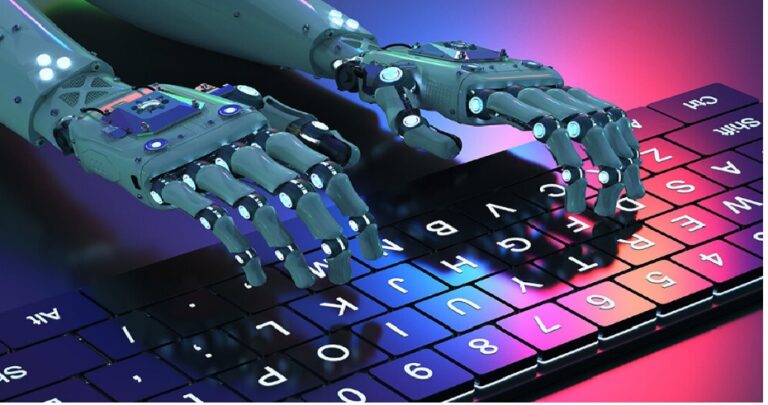According to a Deloitte 2018 Global CIO (Chief Information Officer) survey, roles for them have been transformed into guiding the success and growth of an organization in this technologically advanced landscape rather than just “managing IT systems”. This path of success is empowered by the customer experience.
CIO must bring together people, processes and technology to deliver world-class customer experience. They are now increasingly moving towards Artificial Intelligence and Machine Learning to deliver things right in a transparent and demanding time.
“ Gartner has predicted that by 2023, customers will be more inclined towards speech assistants or real-time interfaces to initiate 70% of self-service interactions from 40% today.”
There’s a question in our minds about how the businesses are transforming digitally and how AI and ML will play a very crucial role in enhancing customer service. From 2011, these trends have really gained momentum and AI & ML are expanded across IT operations, customer service management as well as ITSM. We can definitely predict an insurgence.
What does this mean to the CIO? To begin, the functions which are customer facing such as sales, customer support & Assistance, marketing are very clear areas for making investments in digital transformations.
But to lead this new era, CIOs should think with a broader perspective and embrace the customer-obsessed culture which will eventually drive growth rather than focusing on saving costs and internal operations. There is a definite link between employee experience and customer experience which is demonstrated by various studies that have shown that an investment in employee experience has an effect on the overall customer experience which is looked upon and an admirable return on investment.
Nowadays, customers expect multivariate support which embarks convenience but creates challenges for organizations to properly align its high customer expectation with the latest technological advances. This results in the selection of best products along with proper integration to reap a smooth and astounding customer experience. These challenges call for classic automation for which organizations indulge in two technologies: conversational AI and robotic process automation which is customer-centric. These being in place, organizations can create a personalized customer experience.
These technologies also provide a structured customer experience by eliminating repetitive customer requests and inquiries. Automated conversations and understanding what the customers’ intents are, a structured message can provide a faster resolution and result in a better net promoter score.
Best Practices Leads The Path Of Excellent Customer Service
Many users are a bit hesitant and are sceptical about the performance and capability of an AI solution to make jobs better and purposeful. This depicts that the approach and timing of a CIO are important for success. You can go ahead and choose an automation approach with the highest assurance of better outcomes.
It is useful and resourceful to analyze historical tickets which ensure optimal usage of automation. Evaluate the base, look out for any gaps and determine its usefulness to ensure a project’s success.
If you are thinking of adopting conversations RPA, you should ensure that the team is well equipped with the correct mechanism and control to deliver meaningful actions. There should be a proper assessment as to which functions are to be automated and which should be handled by a human service agent. The progress of a customer-obsessed culture can be achieved by portraying convincing project progress.
Identifying Areas of Automation
In IT, the most approached areas are likely to be most probable for success with Artificial Intelligence. Taking a proper check of this fact, consideration should be given to customer support, IT help desk and operations. If a single task can be charted into multiple steps, then it is compliant with automation. In the areas where human interaction is preferred, the same should be available and accessible.
Exceptional Customer Service
The primary reason for choosing AI to improve customer service is significant amidst the phase of implementation. The larger goals should be kept in mind i.e. self-service customer support for faster resolution, reduce wait time, provide personalization, to be proactive and predictive of customer issues, all of which will translate into an exceptional customer service
Avoiding Risks
To provide a positive and intelligent solution, robotic customer experience should be avoided. This should also be considered that qualitative results are essential to analyze the results and ensure accuracy. People have high expectations and so the training should be intuitive and the solution should offer independence to the workers.
To summarize, AI and ML are nourishing the forte of customer experience by automating mundane and repetitive tasks which help in streamlining customer service teams and provides greater value to the organization. Now is the time to commit to AI-based customer experience.
— Richard Smith is a technology executive at AutomationEdge with experience leading high-growth, complex businesses. Significant track record of achievement in innovation, technology, business transformation, business development, operations, and strategy.










